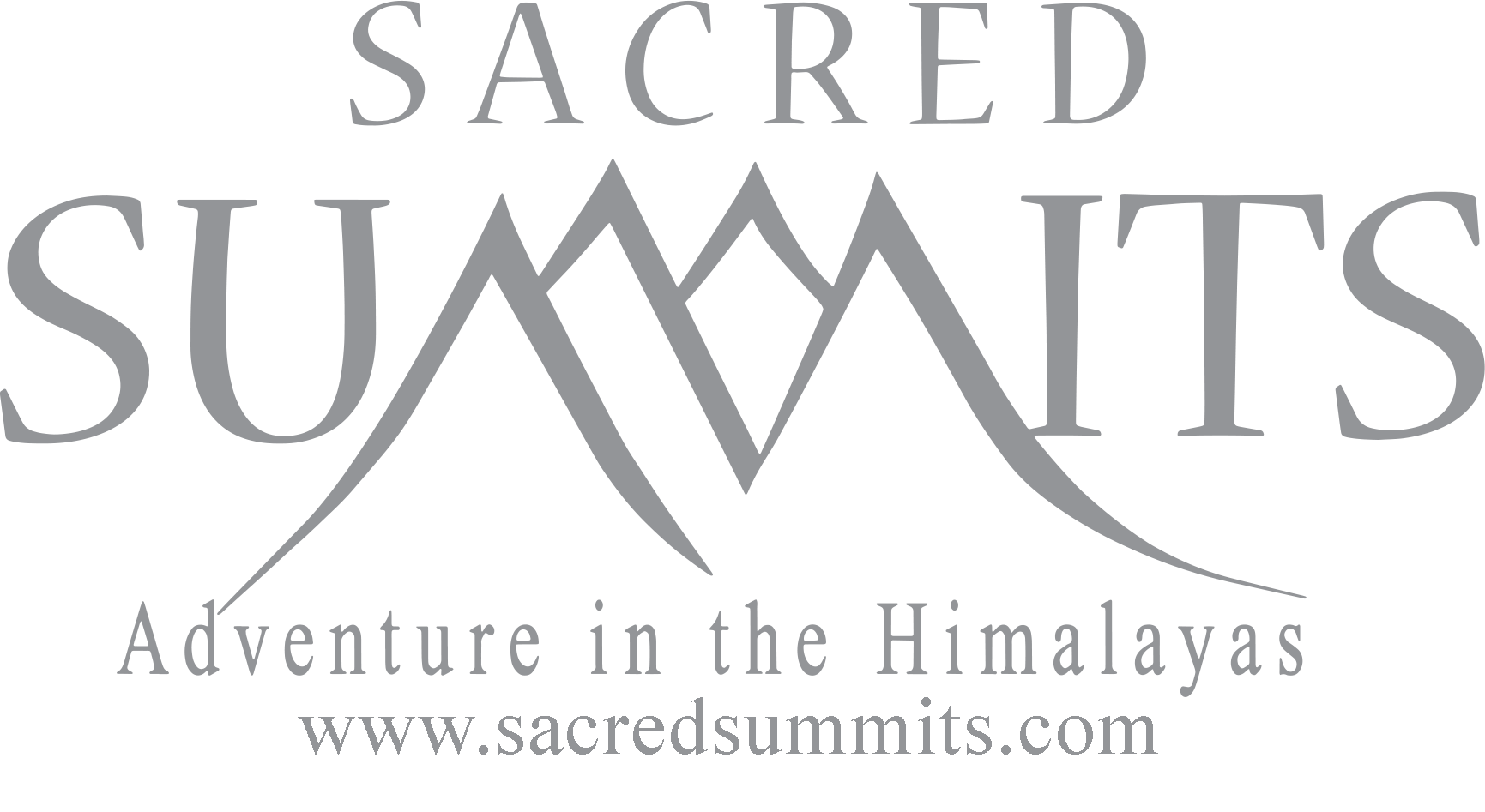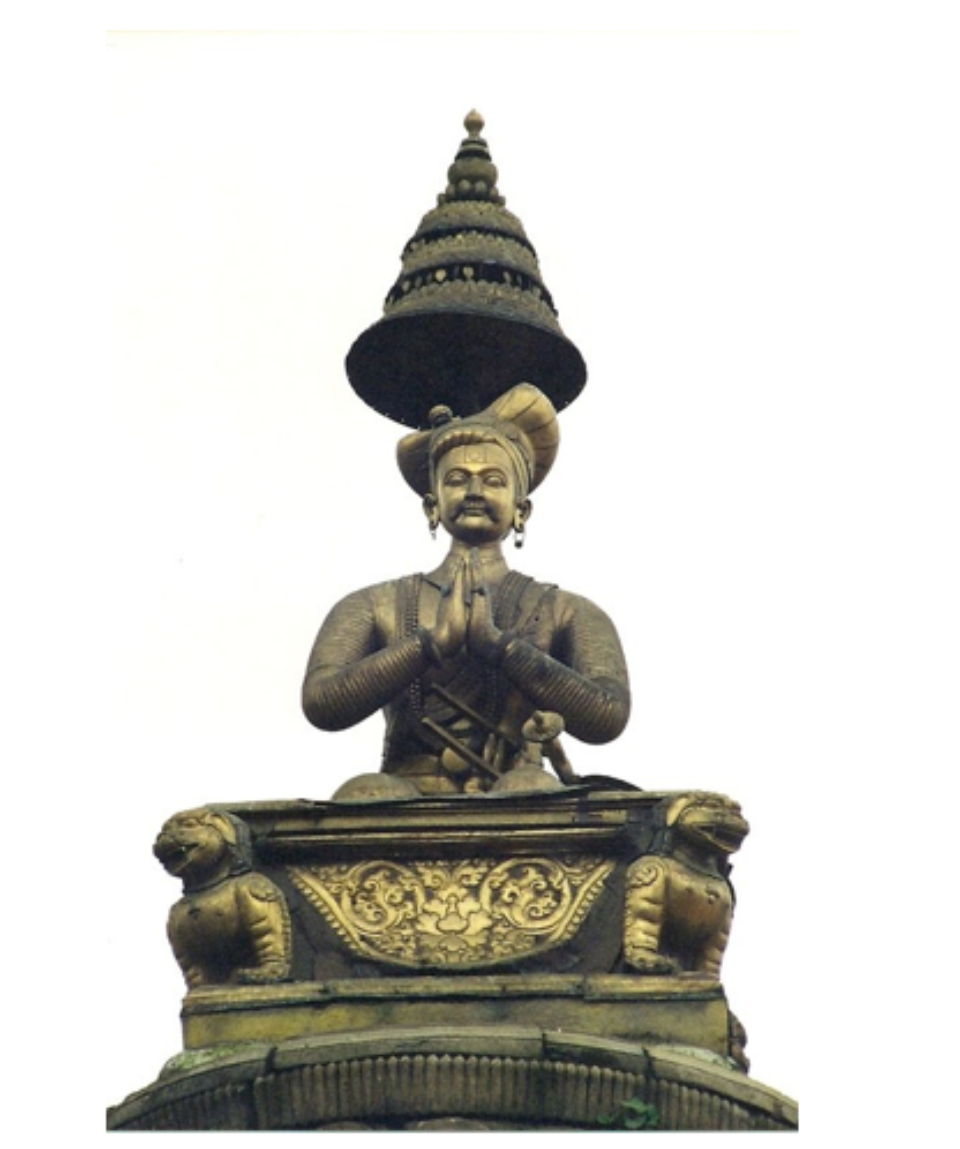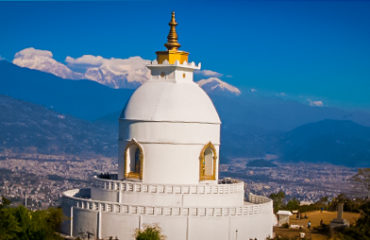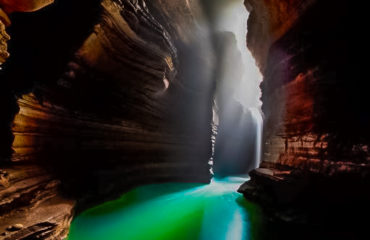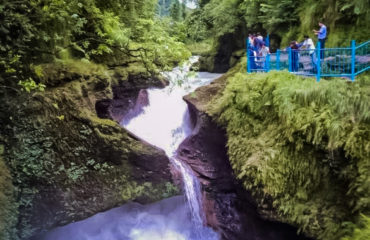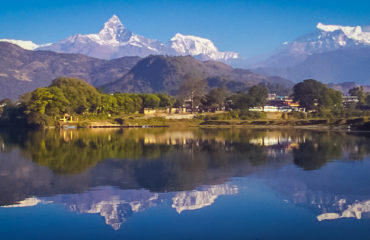Pokhara: A Vacationers Paradise
A landlocked country Nepal is in Southern Asia, between the Tibet autonomous region of China and India. It contains 8 of the world’s 10 highest peaks, including Mount Everest – the world’s tallest –bordered with Tibet, and Lumbini, the birth place of Gautama Buddha, the founder of Buddhism. A monarchy for hundreds of years, Nepal was declared a republic in June 2008.
A very diverse geography, rising from less than 100 meters (328 ft) elevation in the tropical Terai, the northern rim of the Gangetic Plain, beyond the perpetual snow line to some 90 peaks over 7,000 meters (22,966 ft) including Earth’s highest Mount Everest or Sagarmatha at 8,848m (29,029 ft).
Prithvi Narayan must have been a charismatic figure, for he recruited, equipped and trained a formidable army and persuaded his subjects to underwrite all this from his ascension until his death in 1775. Through conquest and treaty, he consolidated several Chaubisi kingdoms. As his domain expanded, Khaskura became known as Gorkhali, i.e. the language of the Gorkha kingdom. Then he moved east into the next river basin, the Bagmati which drains the Kathmandu Valley that held three smallurban kingdoms.Like the Rapti, the Bagmati rises somewhat south of the Himalaya. Unlike the Rapti basin, this valley had once held a large lake and the remaining alluvial soil was exceptionally fertile. Between the agricultural abundance, local crafts, and extensive trade with Tibet, the cities were prosperous. Prithvi Narayan encircled the valley, cutting off trade and restricting ordinary activities, even farming and getting water. With a combination of stealth, brutality and intimidation he prevailed and deposed the local kings in 1769, making Kathmandu his new capital. This was the high point of PrithviNarayan’s career; however he continued consolidating the Kathmandu Valley with the Chaubisi and Baisi federations to the west until his death in 1775. Gorkhali was re-dubbed Nepali as ‘Nepal’ came to mean not only the urbanized Kathmandu Valley, but all lands ruled by the Shahs.
-
Reviews 0 Reviews0/5
-
Vacation Style Holiday Type
-
Activity Level Leisurely
-
Min 2 Pax
NEPAL AT A GLANCE: Official Name: Federal Democratic Republic of Nepal Area: 147, 181 square kilometers. Geography: Situated between China to the north and India to the south, east & west. Highthest point Mt. Everest (8848 m) and the lowest Kechana (60 m above sea level) Capital: Kathmandu – surrounded by four hills – Fulchowki, Chandragiri, Shivapuri and Nagarjun. Kathmandu valley has three major cities Kathmandu, Bhaktapur and Patan. Situated at the altitude of 4,500 feet above sea level, Kathmandu is home to seven UNESCO World Heritage Sites. Before the unification of Nepal in the 18th century, the three cities were independent states ruled by the Malla Kings. Population: 23 million (according to the census of 2001) Language: Nepali is the national language. However English is spoken by many. People/Religion: Nepal has more than 105 ethnic groups with diverse culture, traditions and lifestyle. Nepali people can be divided into two distinct groups: Indo- Burman and Mongoloid. Nepal is a secular state with majority of people following Hinduism. However, people practicing Buddhism, Christianity and Islam among others live in a good harmony. Politics: Multi-party Democracy. Administrative Division: Though Nepal is a federal republic, federal states are yet to be carved. Nepal is divided into five development regions, 14 Zones and 75Districts. Climate: Nepal has four seasons, namely; (1) winter – December to February (2) Spring – March to May, (3) summer – June to August & (4) Autumn September to November. Nepal can be visited the whole year around. What to wear: Light weight clothing is recommended for May through October, Warm garments are required in October through till March. An umbrella or a raincoat is a must for the rainy season. (June /July) Voltage: Standard voltage only 220 volts.
- All domestic airport transfer to and from airport / hotel / airport in a private deluxe a/c vehicle accompanied by the representative / guide.
- Airfare for the sector Kathmandu / Pokhara / Kathmandu of US $ 266.00 per person (Subject to change without prior notice).
- 02Nights’ accommodation at Fishtail Lodge or similar in Pokhara on Bed and Breakfast Basis inclusive of all the government taxes. (Currently 24.3 %)
- Sightseeing tour of Pokhara as per the itinerary in a private deluxe a/c vehicle accompanied by an experienced and knowledgeable English speaking guide.
- Boating in Fewa Lake as per the itinerary accompanied by the guide.
- Entrance fee for the sightseeing tour of Pokhara as per the itinerary.
- International Airfares.
- Nepal Visa fees (If applicable).
- Any other arrangements in Kathmandu except pre and post Pokhara tour domestic airport transfers.
- Meals (Lunch& Dinner) while the guest stay at hotel in Pokhara.
- Items of a personal nature such as bar bills telephone calls, laundry, extra mileage and any extra costs incurred due to natural calamities, flight delays etc.
- Personal insurance, evacuation and medical expenses.
- Insurance for or against accidents, loss of life, theft etc.
- Costs incurred due to cancellation of flights, altitude sickness or unforeseen circumstances (riots, natural calamities etc) and situations beyond the control of Sacred Summits (P) Ltd.
- Tips for the staff on tour.
Any item not mentioned in the above ‘cost includes’
